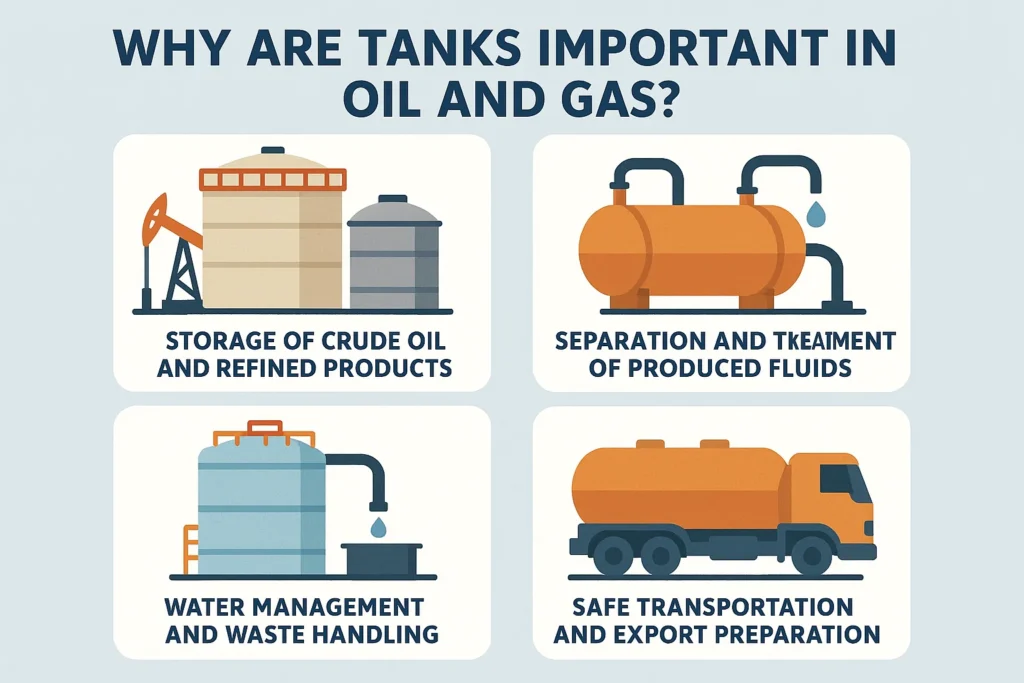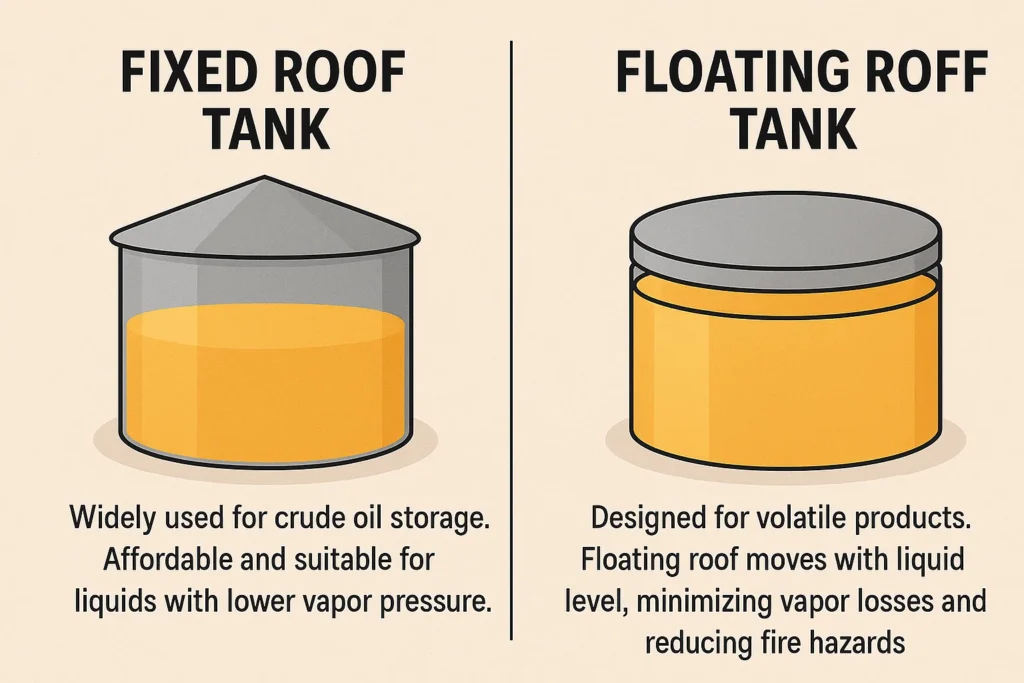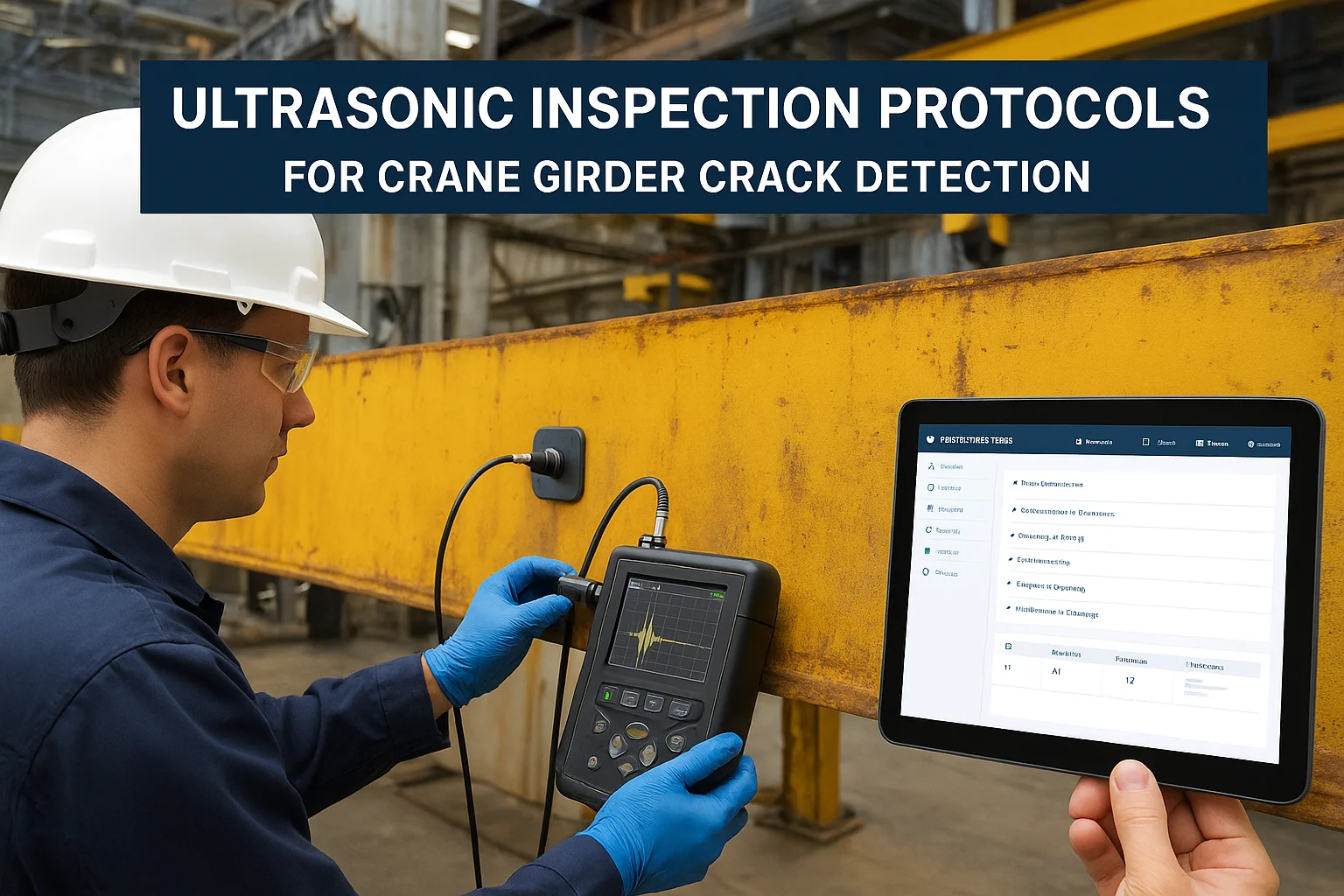Inspections Track Software For Oil and Gas Inspection Industry

The oil and gas industry relies heavily on different types of tanks for storage, transportation, and operational processes. Each tank type is designed with a specific purpose in mind, ranging from storing crude oil to managing produced water. Understanding these tanks is essential not only for operations but also for maintaining safety, compliance, and efficiency.
In this guide, we will explore the main types of tanks in the oil and gas industry, their uses, and how tools like Inspections Track software make inspection and maintenance easier.
Tanks play a central role in:
Since these tanks handle hazardous and flammable substances, regular inspections are critical. Software such as Inspections Track ensures inspections are traceable, consistent, and proactive, reducing risks of leaks, corrosion, or costly downtime.

There are several tank types used across upstream, midstream, and downstream operations. Let’s look at them in detail:
| Tank Type | Primary Use | Key Features |
|---|---|---|
| Fixed Roof Tanks | Storage of low-volatility liquids like crude oil | Simple design, cost-effective |
| Floating Roof Tanks | Storage of high-volatility products like gasoline | Reduces evaporation losses |
| Spherical Tanks | Storage of liquefied petroleum gas (LPG) or natural gas | High pressure handling |
| Bullet Tanks | Storage of pressurized gases like propane and butane | Horizontal cylindrical design |
| Open Top Tanks | Produced water, firewater, or wastewater storage | Easy access, low pressure |
| Pressure Vessels | High-pressure liquids and gases | Thick walls, enhanced safety |
| Oil/Water Separators | Separation of hydrocarbons and water | Supports treatment and recycling |
| Double-Walled Tanks | Storage of hazardous fluids with secondary containment | Enhanced safety and compliance |
One of the most common distinctions is between fixed roof and floating roof tanks.
This difference makes floating roof tanks essential in refineries and fixed roof tanks more common in upstream facilities.

Not all tanks are designed purely for storage. Pressure vessels and oil/water separators are examples of tanks that support processing and treatment in oil and gas operations. These tanks often require stricter inspection protocols due to their higher safety risks.
Regular tank inspections ensure:
This is where Inspections Track software comes in. The platform streamlines tank inspections by:

So, how many types of tanks are there in the oil and gas industry? The answer is that there are several, each with its own unique purpose—ranging from fixed and floating roof tanks to pressure vessels and separators.
For companies in the oil and gas sector, it is not only important to understand these tank types but also to maintain them properly.Inspections Track software helps teams perform inspections accurately, efficiently, and in full compliance with industry standards.
By using the right inspection technology, businesses can reduce risks, improve safety, and optimize operations across all tank types.
Read more : how can i calibrate a pressure gauge
Fixed roof, floating roof, spherical, bullet tanks, separators, and pressure vessels.
They reduce vapor losses and fire risks when storing volatile products.
It provides real-time reporting, traceable inspections, and preventive maintenance management.

In the oil and gas industry, crane girders play a vital role in ensuring safe and efficient operations. Detecting cracks and defects early is critical to avoid catastrophic failures. Ultrasonic inspection (UT) is a proven…

Safety in the oil and gas industry depends heavily on reliable equipment, and Pressure Relief Valves (PRVs) are one of the most important safeguards. When PRV inspections are carried out properly, facilities can prevent costly…
SkySoft Connections provides quality IT services around the globe. Our services begin with experience and end with dedication, ensuring innovation and reliability
© Copyrights, 2024 All Rights Reserved Skysoftconnections
Contact us
Get notified about new articles